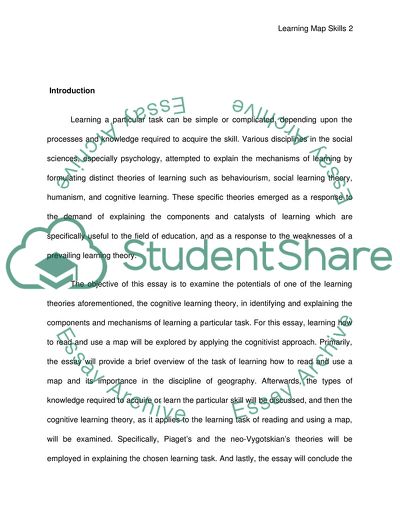Cite this document
(“The Application of Cognitive Learning Theory in Learning How to Read Essay”, n.d.)
The Application of Cognitive Learning Theory in Learning How to Read Essay. Retrieved from https://studentshare.org/education/1726373-expertise
The Application of Cognitive Learning Theory in Learning How to Read Essay. Retrieved from https://studentshare.org/education/1726373-expertise
(The Application of Cognitive Learning Theory in Learning How to Read Essay)
The Application of Cognitive Learning Theory in Learning How to Read Essay. https://studentshare.org/education/1726373-expertise.
The Application of Cognitive Learning Theory in Learning How to Read Essay. https://studentshare.org/education/1726373-expertise.
“The Application of Cognitive Learning Theory in Learning How to Read Essay”, n.d. https://studentshare.org/education/1726373-expertise.


